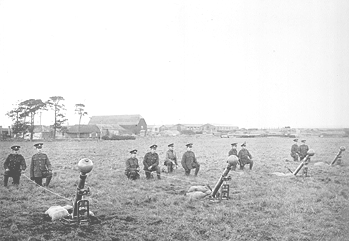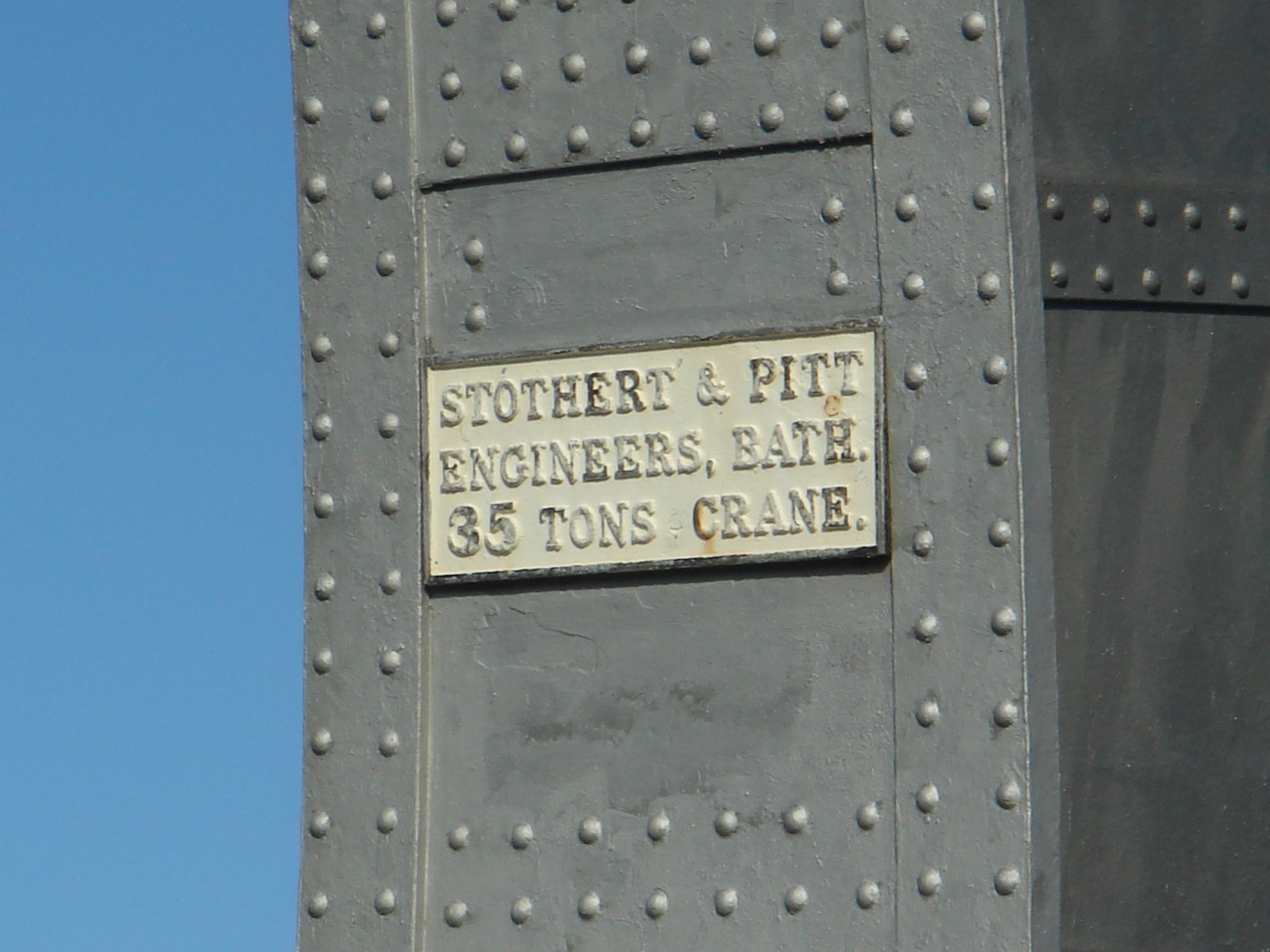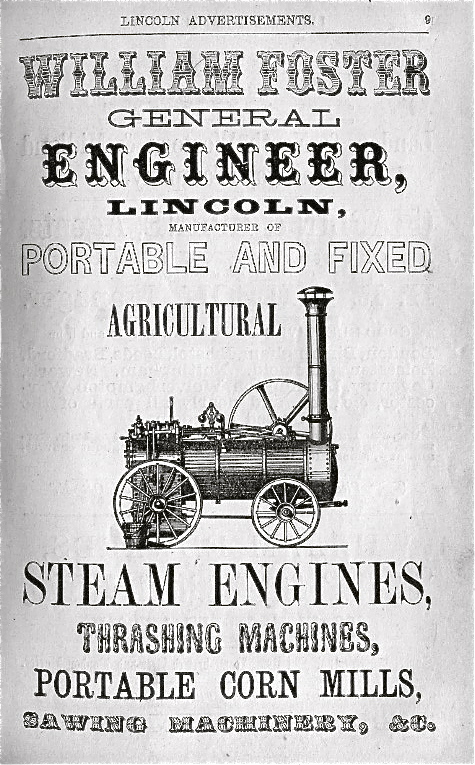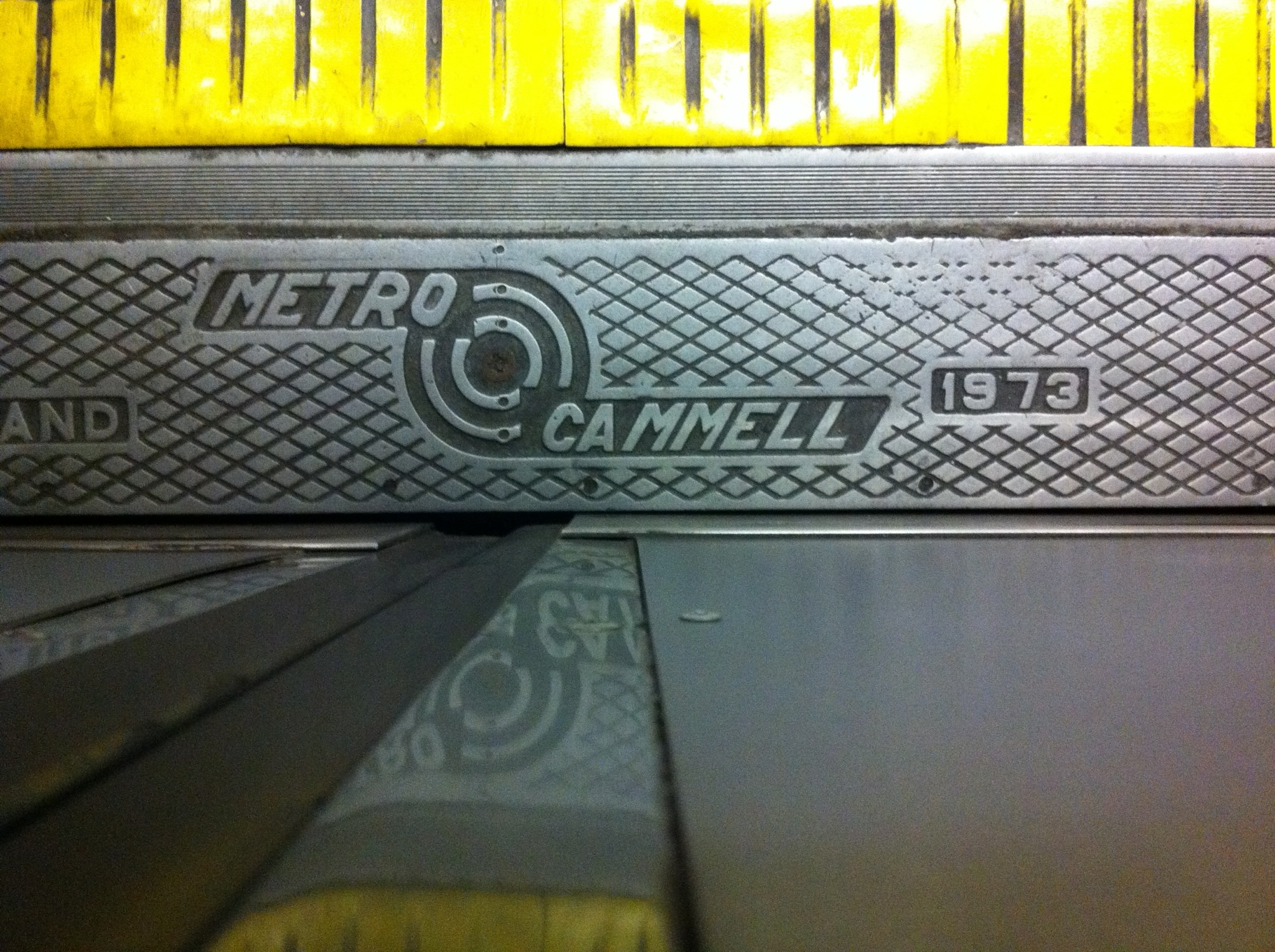|
Pedrail Machine
The Pedrail Machine was an experimental British armoured fighting vehicle of the First World War. It was intended initially to be used as an armoured personnel carrier on the Western Front, but the idea was dropped in favour of other projects. Work on the machine was re-directed so that it could be used as the basis of a mobile flamethrower, but it was never completed and saw no action. Development Following discussions by Captain Murray Sueter of the Royal Naval Air Service and Bramah Diplock of the Pedrail Transport Company, the machine was designed by the British engineer Colonel R.E.B. Crompton on behalf of the Landship Committee. The brief was for a vehicle that could carry a unit of troops - a "trench storming party of 50 men with machine guns and ammunition"- under protection across No Man's Land. Crompton's design as presented to the committee used two sets of continuous tracks in a vehicle around long, weighing around 25 tons and armed with a 12-pdr gun. Protection wa ... [...More Info...] [...Related Items...] OR: [Wikipedia] [Google] [Baidu] |
Pedrail Machine, IWM Q 14613
The pedrail wheel is a type of all-terrain wheel developed in the late 19th and early 20th century by Londoner Bramah Joseph Diplock. It consists of a series of "feet" (''pedes'' in Latin) connected to pivots on a wheel. As the wheel travels, pressure exerted by springs within it increases the number of feet in contact with the ground, thus reducing ground pressure and allowing the wheel to negotiate obstacles and uneven ground. Definition According to the 1913 Webster's Revised Unabridged Dictionary, a pedrail is: Fiction H. G. Wells, in his short story ''The Land Ironclads'', published in '' The Strand Magazine'' in December 1903, described the use of large, armoured cross-country vehicles, armed with automatic rifles and moving on pedrail wheels, to break through a system of fortified trenches, disrupting the defence and clearing the way for an infantry advance: In ''War and the Future'', Wells acknowledged Diplock's pedrail as the origin for his idea of an all-terrai ... [...More Info...] [...Related Items...] OR: [Wikipedia] [Google] [Baidu] |
Continuous Track
Continuous track is a system of vehicle propulsion used in tracked vehicles, running on a continuous band of treads or track plates driven by two or more wheels. The large surface area of the tracks distributes the weight of the vehicle better than steel or rubber tires on an equivalent vehicle, enabling continuous tracked vehicles to traverse soft ground with less likelihood of becoming stuck due to sinking. Modern continuous tracks can be made with soft belts of synthetic rubber, reinforced with steel wires, in the case of lighter agricultural machinery. The more common classical type is a solid chain track made of steel plates (with or without rubber pads), also called caterpillar tread or tank tread, which is preferred for robust and heavy construction vehicles and military vehicles. The prominent treads of the metal plates are both hard-wearing and damage resistant, especially in comparison to rubber tyres. The aggressive treads of the tracks provide good t ... [...More Info...] [...Related Items...] OR: [Wikipedia] [Google] [Baidu] |
Porton Down
Porton Down is a science park in Wiltshire, England, just northeast of the village of Porton, near Salisbury. It is home to two British government facilities: a site of the Ministry of Defence's Defence Science and Technology Laboratory (Dstl) – known for over 100 years as one of the UK's most secretive and controversial military research facilities, occupying – and a site of the UK Health Security Agency. It is also home to other private and commercial science organisations, and is expanding to attract other companies. Location Porton Down is located just northeast of the village of Porton near Salisbury, in Wiltshire, England. To the northwest lies the MoD Boscombe Down airfield operated by QinetiQ. On some maps, the land surrounding the complex is identified as a "Danger Area". History of government use Porton Down opened in 1916 as the War Department Experimental Station, shortly thereafter renamed the Royal Engineers Experimental Station, for testing chemical ... [...More Info...] [...Related Items...] OR: [Wikipedia] [Google] [Baidu] |
Trench Warfare Department
A trench is a type of excavation or in the ground that is generally deeper than it is wide (as opposed to a wider gully, or ditch), and narrow compared with its length (as opposed to a simple hole or pit). In geology, trenches result from erosion by rivers or by geological movement of tectonic plates. In civil engineering, trenches are often created to install underground utilities such as gas, water, power and communication lines. In construction, trenches are dug for foundations of buildings, retaining walls and dams, and for cut-and-cover construction of tunnels. In archaeology, the "trench method" is used for searching and excavating ancient ruins or to dig into strata of sedimented material. In geotechnical engineering, trenches serve for locating faults and investigating deep soil properties. In trench warfare, soldiers occupy trenches to protect them against weapons fire. Trenches are dug by use of manual tools such as shovels and pickaxes, or by heavy equipment such as ... [...More Info...] [...Related Items...] OR: [Wikipedia] [Google] [Baidu] |
Flamethrower
A flamethrower is a ranged incendiary device designed to project a controllable jet of fire. First deployed by the Byzantine Empire in the 7th century AD, flamethrowers saw use in modern times during World War I, and more widely in World War II as a tactical siege weapon against fortifications. Most military flamethrowers use liquid fuel, typically either gasoline or diesel, but commercial flamethrowers are generally blowtorches using gaseous fuels such as propane; gases are safer in peacetime applications, because their flames have less mass flow rate and dissipate faster, and often are easier to extinguish when necessary. The military use of flamethrowers is restricted through the Protocol on Incendiary Weapons. Apart from the military applications, flamethrowers have peacetime applications where there is a need for controlled burning, such as in sugarcane harvesting and other land-management tasks. Various forms are designed for an operator to carry, while others ... [...More Info...] [...Related Items...] OR: [Wikipedia] [Google] [Baidu] |
Bath, Somerset
Bath () is a city in the Bath and North East Somerset unitary area in the ceremonial counties of England, county of Somerset, England, known for and named after its Roman Baths (Bath), Roman-built baths. At the 2021 Census, the population was 101,557. Bath is in the valley of the River Avon (Bristol), River Avon, west of London and southeast of Bristol. The city became a World Heritage Site in 1987, and was later added to the transnational World Heritage Site known as the "Great Spa Towns of Europe" in 2021. Bath is also the largest city and settlement in Somerset. The city became a spa with the Latin name ' ("the waters of Sulis") 60 AD when the Romans built Roman Baths (Bath), baths and a temple in the valley of the River Avon, although List of geothermal springs in the United Kingdom, hot springs were known even before then. Bath Abbey was founded in the 7th century and became a religious centre; the building was rebuilt in the 12th and 16th centuries. In the 17th ce ... [...More Info...] [...Related Items...] OR: [Wikipedia] [Google] [Baidu] |
Stothert & Pitt
Stothert & Pitt was a British engineering company founded in 1855 in Bath, England. It was the builder of various engineering products ranging from Dock cranes to construction plant and household cast iron items. It went out of business in 1989. The name and intellectual property became part of Clarke Chapman. History George Stothert (n.b. early on the name is sometimes rendered as Stoddard or Stodhert) moved to Bath in 1785 having taken over Thomas Harris's ironmonger's business. He was an agent for Abraham Darby I's Coalbrookdale Iron Company, selling all types of domestic ironmongery. By 1815 they set up their own foundry as Abraham Darby had opened his own warehouse in Bristol. The company was now managed by his son, also George. In 1851 they exhibited a hand crane at the Great Exhibition. In 1837, Henry Stothert, brother of the younger George, set up an ironworks in Bristol, first as ''Henry Stothert & Co.'', then, joined by Edward Slaughter, Stothert, Slaughter & Co. ... [...More Info...] [...Related Items...] OR: [Wikipedia] [Google] [Baidu] |
Fosters Of Lincoln
William Foster & Co Ltd was an agricultural machinery company based in Lincoln, Lincolnshire, England often called "Fosters of Lincoln." The company can be traced back to 1846, when William Foster purchased a flour mill in Lincoln. William Foster then proceeded to start small scale manufacturing of mill machinery and threshing machinery. The mill was converted to an iron foundry by 1856, thus becoming the original Wellington Foundry. By 1899 the works had moved to the Wellington foundry in New Boultham and the original works were then occupied by William Rainforth. During the First World War Fosters built some of the first tanks for the British Army. Agricultural machinery The company was known for producing threshing machines, regarded as among the best available. From 1889 they also made traction engines. That later made steam tractors such as the ''Foster Wellington'' and Showman's road locomotives. Foster were involved with Bramah Joseph Diplock, inventor of the Pedra ... [...More Info...] [...Related Items...] OR: [Wikipedia] [Google] [Baidu] |
Metro-Cammell
Metro-Cammell, formally the Metropolitan Cammell Carriage and Wagon Company (MCCW), was an English manufacturer of railway carriages, locomotives and railway wagons, based in Saltley, and subsequently Washwood Heath, in Birmingham. Purchased by GEC Alsthom in May 1989, the Washwood Heath factory was closed in 2005. The company designed and built trains for the railways in the United Kingdom and overseas, including the Mass Transit Railway of Hong Kong, Kowloon–Canton Railway (now East Rail line), the Channel Tunnel, and the Tyne and Wear Metro, and locomotives for Malaysia's Keretapi Tanah Melayu. Diesel and electric locomotives were manufactured for South African Railways, Nyasaland Railways, Malawi, Nigeria, Trans-Zambezi Railway and Pakistan. DMUs were supplied to Jamaica Railway Corporation and the National Railways of Mexico. The vast majority of London Underground rolling stock manufactured in mid-20th century was produced by the company. It also designed and ... [...More Info...] [...Related Items...] OR: [Wikipedia] [Google] [Baidu] |
Rolls-Royce Ltd
Rolls-Royce was a British luxury car and later an aero-engine manufacturing business established in 1904 in Manchester by the partnership of Charles Rolls and Henry Royce. Building on Royce's good reputation established with his cranes, they quickly developed a reputation for superior engineering by manufacturing the "best car in the world". The business was incorporated as Rolls-Royce Limited in 1906, and a new factory in Derby was opened in 1908. The First World War brought the company into manufacturing aero-engines. Joint development of jet engines began in 1940, and they entered production. Rolls-Royce has built an enduring reputation for development and manufacture of engines for defence and civil aircraft. In the late 1960s, Rolls-Royce was adversely affected by the mismanaged development of its advanced RB211 jet engine and consequent cost over-runs, though it ultimately proved a great success. In 1971, the owners were obliged to liquidate their business. The useful po ... [...More Info...] [...Related Items...] OR: [Wikipedia] [Google] [Baidu] |
No Man's Land
No man's land is waste or unowned land or an uninhabited or desolate area that may be under dispute between parties who leave it unoccupied out of fear or uncertainty. The term was originally used to define a contested territory or a dumping ground for refuse between fiefdoms. In modern times, it is commonly associated with World War I to describe the area of land between two enemy trench systems, not controlled by either side. Coleman p. 268 The term is also used metaphorically, to refer to an ambiguous, anomalous, or indefinite area, in regards to an application, situation, or jurisdiction. It has sometimes been used to name a specific place. Origin According to Alasdair Pinkerton, an expert in human geography at Royal Holloway, University of London, the term is first mentioned in Domesday Book (1086), to describe parcels of land that were just beyond the London city walls. The ''Oxford English Dictionary'' contains a reference to the term dating back to 1320, spel ... [...More Info...] [...Related Items...] OR: [Wikipedia] [Google] [Baidu] |
Pedrail
The pedrail wheel is a type of all-terrain wheel developed in the late 19th and early 20th century by Londoner Bramah Joseph Diplock. It consists of a series of "feet" (''pedes'' in Latin) connected to pivots on a wheel. As the wheel travels, pressure exerted by springs within it increases the number of feet in contact with the ground, thus reducing ground pressure and allowing the wheel to negotiate obstacles and uneven ground. Definition According to the 1913 Webster's Revised Unabridged Dictionary, a pedrail is: Fiction H. G. Wells, in his short story '' The Land Ironclads'', published in '' The Strand Magazine'' in December 1903, described the use of large, armoured cross-country vehicles, armed with automatic rifles and moving on pedrail wheels, to break through a system of fortified trenches, disrupting the defence and clearing the way for an infantry advance: In ''War and the Future'', Wells acknowledged Diplock's pedrail as the origin for his idea of an all-t ... [...More Info...] [...Related Items...] OR: [Wikipedia] [Google] [Baidu] |







.jpg)

